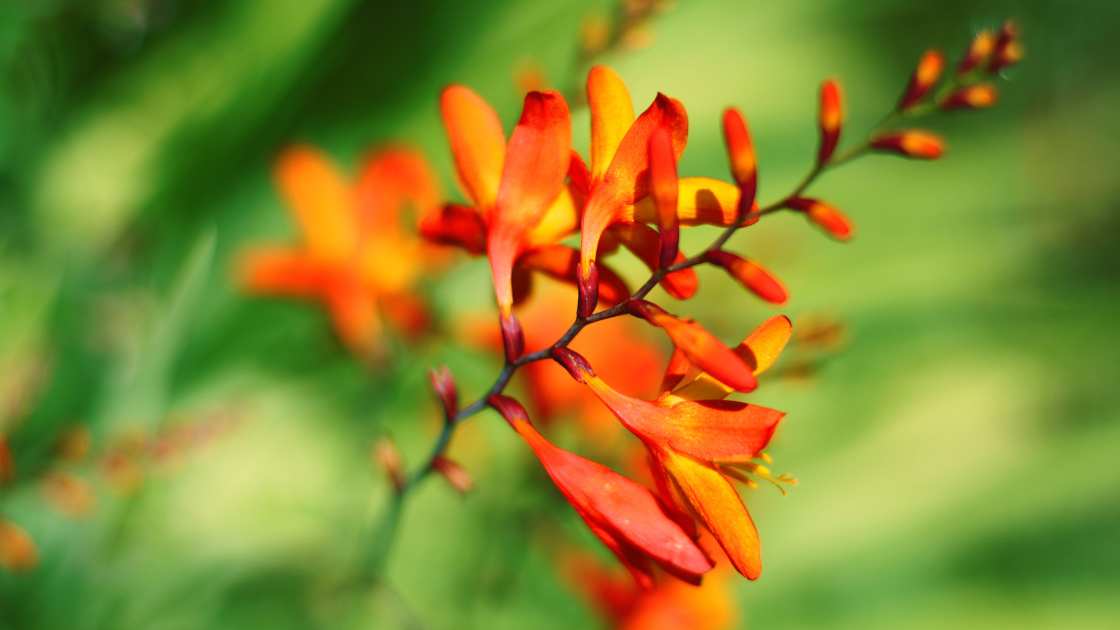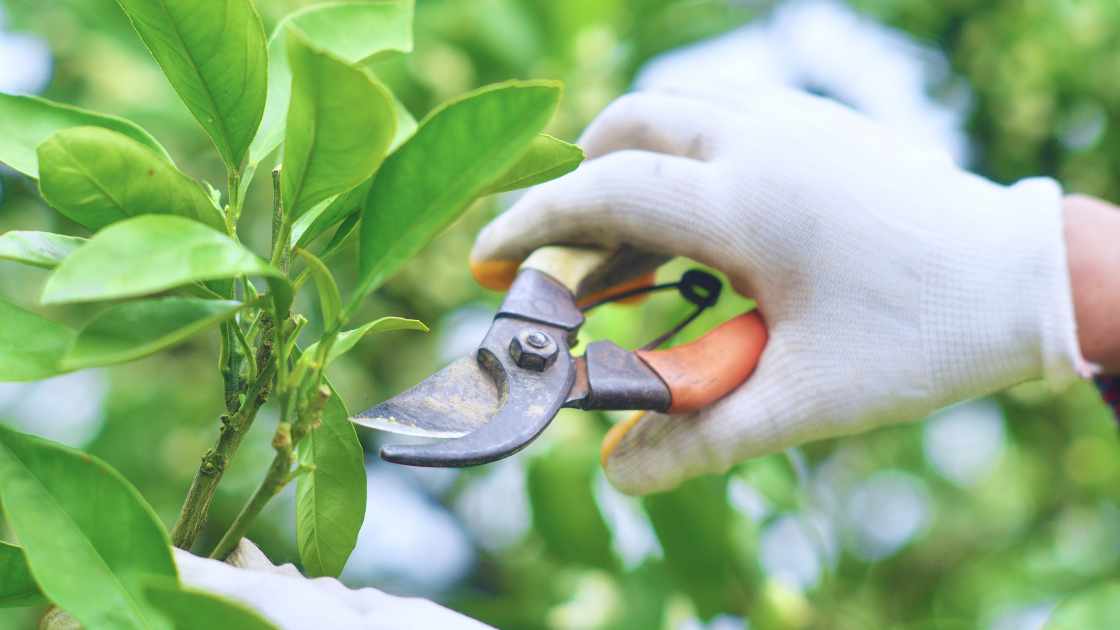Crocosmia, known for its vibrant, funnel-shaped flowers and sword-like leaves, can be a beautiful addition to your garden. However, it’s important to manage its growth to prevent it from spreading uncontrollably. Crocosmia can be quite invasive, and without proper care, it may overtake your garden. In this article, we’ll explore various strategies to stop crocosmia from spreading and maintain a well-manicured garden.
There are 9 Strategies to Stop Crocosmia Spreading
Understanding Crocosmia’s Spreading Behavior
Before delving into how to stop crocosmia from spreading, it’s essential to understand its spreading behavior. Crocosmia primarily spreads through two methods: corm division and seed production.
Corm Division
The primary means of crocosmia propagation is through the division of corms, the bulb-like structures from which the plants grow. Crocosmia corms can multiply rapidly, leading to an increased number of plants over time.
Seed Production
In addition to corm division, crocosmia also produces seeds. Birds and the wind can disperse these seeds, leading to the establishment of new plants in various areas of your garden.
Now that we’ve established how crocosmia spreads, let’s explore effective strategies to prevent it from taking over your garden.
Regular Division
To control crocosmia spreading, you can periodically divide the corms. This process involves digging up the mature clumps, separating them into smaller sections, and replanting. Dividing crocosmia every three to five years can help maintain its growth and prevent overcrowding.
Choose Appropriate Planting Locations
When initially planting crocosmia, select an appropriate location. Ideally, choose an area that provides enough space for the plants to grow without overcrowding other plants. Avoid planting crocosmia in areas where you want to maintain a more controlled garden design.
Deadhead Spent Flowers
Remove spent flowers before they have a chance to produce seeds. Deadheading prevents seed dispersal and redirects the plant’s energy into growing stronger corms. Regular deadheading can reduce the number of volunteer crocosmia plants in your garden.
Mulching
Applying a layer of mulch around crocosmia plants can help inhibit the growth of new corms and reduce the emergence of seedlings. Organic mulch, such as wood chips or straw, is an effective option to create a barrier.
Pruning and Weeding
Keep the area around your crocosmia plants well-maintained by regular weeding. This will help eliminate potential seedlings and prevent them from taking root. Pruning crocosmia foliage can also control the spread of new corms by reducing the amount of energy the plant puts into vegetative growth.
Monitor and Remove Volunteers
Despite your best efforts, crocosmia may occasionally spread through self-seeding or corms you missed during division. Regularly inspect your garden for volunteer plants, and promptly remove them to prevent further spreading.
FAQs
How fast does crocosmia spread, and why is it a concern?
Crocosmia can spread quite rapidly if left unchecked. It primarily spreads through corm division and seed production. A single corm can produce multiple new corms each year, leading to a clump of plants. Additionally, crocosmia produces seeds that can be dispersed by birds and the wind, establishing new plants in various locations. This unchecked spreading can lead to overcrowding in your garden, potentially overwhelming other plants and disrupting your garden’s overall design.
What is the best time to divide crocosmia to prevent spreading?
The best time to divide crocosmia to control its spreading is in late summer or early autumn, typically around September. This timing allows the newly divided corms to establish roots before winter, ensuring their survival. It’s recommended to divide crocosmia every three to five years to maintain its growth and prevent overcrowding. Be sure to choose a cool, overcast day to reduce stress on the plants during the division process.
Can mulching help prevent crocosmia from spreading, and what type of mulch is best for this purpose?
Yes, mulching can be an effective method to help prevent crocosmia from spreading. Organic mulches, such as wood chips, straw, or leaf litter, are the most suitable options. Apply a layer of mulch around your crocosmia plants to create a barrier that inhibits the growth of new corms and reduces the emergence of seedlings. This mulch serves a dual purpose by conserving soil moisture and suppressing weed growth, further aiding in controlling the spread of crocosmia in your garden.
Conclusion
Crocosmia can add stunning color and texture to your garden, but it’s important to manage its growth to prevent it from spreading uncontrollably. By understanding its spreading behavior and employing the strategies mentioned in this article, you can maintain a well-balanced garden while still enjoying the beauty of crocosmia. Remember that regular division, choosing suitable planting locations, deadheading, mulching, pruning, weeding, and vigilant monitoring are key to stopping crocosmia from spreading and preserving the overall harmony of your garden.




